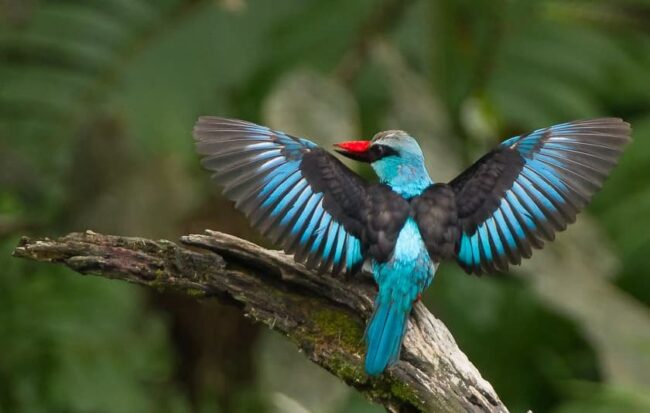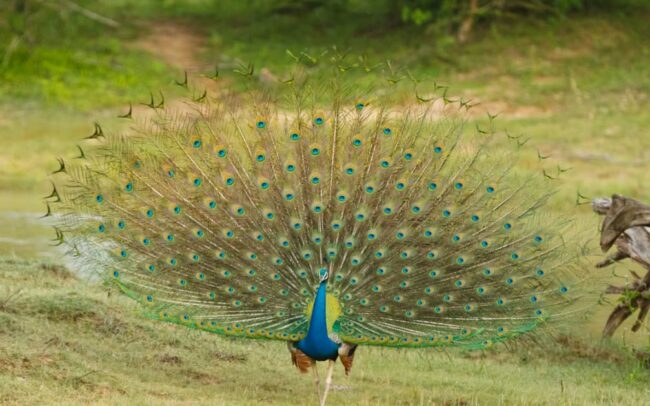Welcome to our blog post dedicated to the enigmatic Araripe Manakin (Antilophia bokermanni). This small and stunning bird is endemic to the Araripe Plateau in northeastern Brazil, making it one of the rarest and most threatened species in the world. Join us as we delve into the world of the Araripe Manakin, uncovering its striking features, unique behaviors, and the challenges it faces in its fight for survival.
Appearance and Plumage
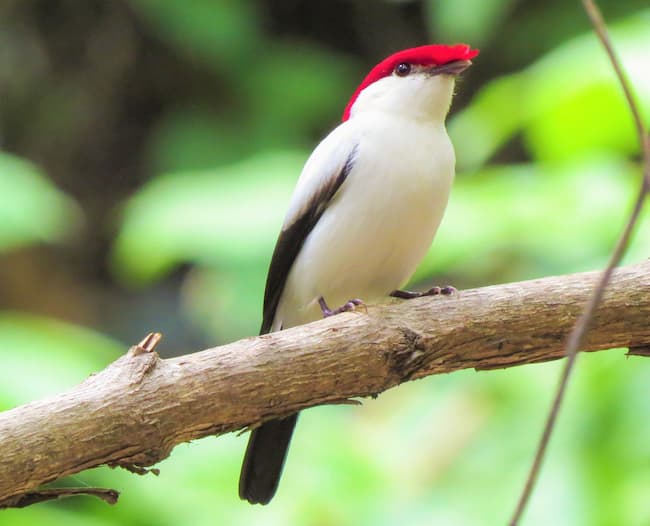
The Araripe Manakin is a visually striking bird with an exquisite combination of colors. The male showcases vibrant plumage with a bright red crown, throat, and upper chest, contrasting with its deep black lower body and wings. The female, on the other hand, has an olive-brown plumage with hints of red. Both genders possess a distinctive white eye-ring that adds to their charm.
Habitat and Distribution
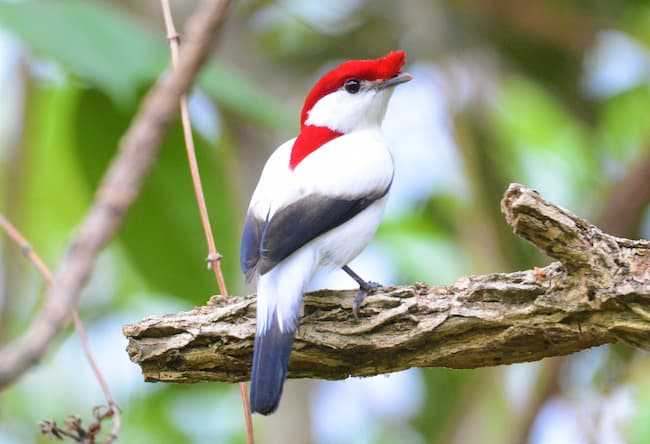
The Araripe Manakin is restricted to a tiny area known as the Araripe Plateau, located in the northeastern region of Brazil. This plateau is characterized by dry forests, scrublands, and humid ravines. These birds rely on the presence of mature trees for nesting and feeding. Their limited distribution makes them highly vulnerable to habitat loss and fragmentation.
Courtship and Behavior
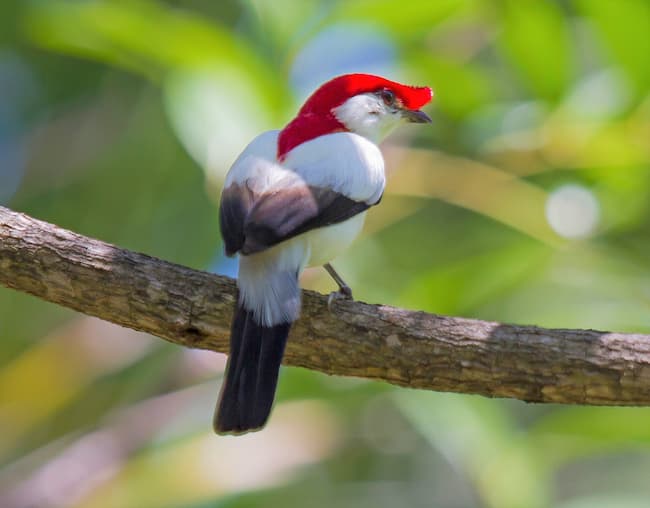
One of the most fascinating aspects of the Araripe Manakin is its elaborate courtship behavior. Males gather in leks, where they engage in intricate displays to attract females. These displays include acrobatic flights, wing-snapping, and vocalizations. The male’s vibrant plumage and energetic performances play a crucial role in the selection of mates.
Feeding Habits
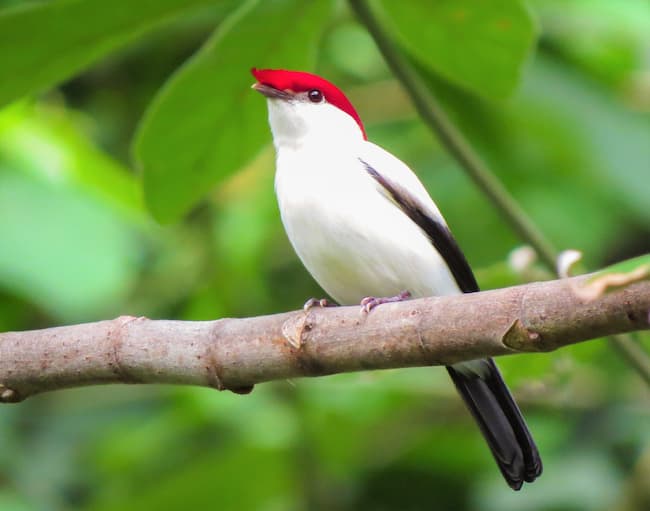
Araripe Manakins primarily feed on fruit, nectar, and insects. They are known to forage in the forest understory, searching for fruits and small arthropods. These birds play an important role in seed dispersal, contributing to the regeneration of plant species in their habitat.
Conservation Status and Threats
The Araripe Manakin is listed as critically endangered on the IUCN Red List, primarily due to habitat loss and degradation. The conversion of forests into agricultural lands, urbanization, and illegal logging pose significant threats to its survival. Additionally, the restricted range of the species exacerbates the risk of extinction.
Conservation Efforts
Various conservation initiatives have been implemented to protect the Araripe Manakin and its habitat. Local organizations and researchers work together to raise awareness, conduct research, and establish protected areas. Additionally, efforts are being made to promote sustainable land use practices and engage local communities in conservation activities.
Conclusion
The Araripe Manakin represents the beauty and fragility of the Brazilian Cerrado. Its stunning appearance, unique courtship behavior, and critical conservation status highlight the importance of preserving this threatened ecosystem. By supporting conservation efforts and raising awareness about the Araripe Manakin, we can contribute to its survival and the protection of the Brazilian Cerrado’s biodiversity.
